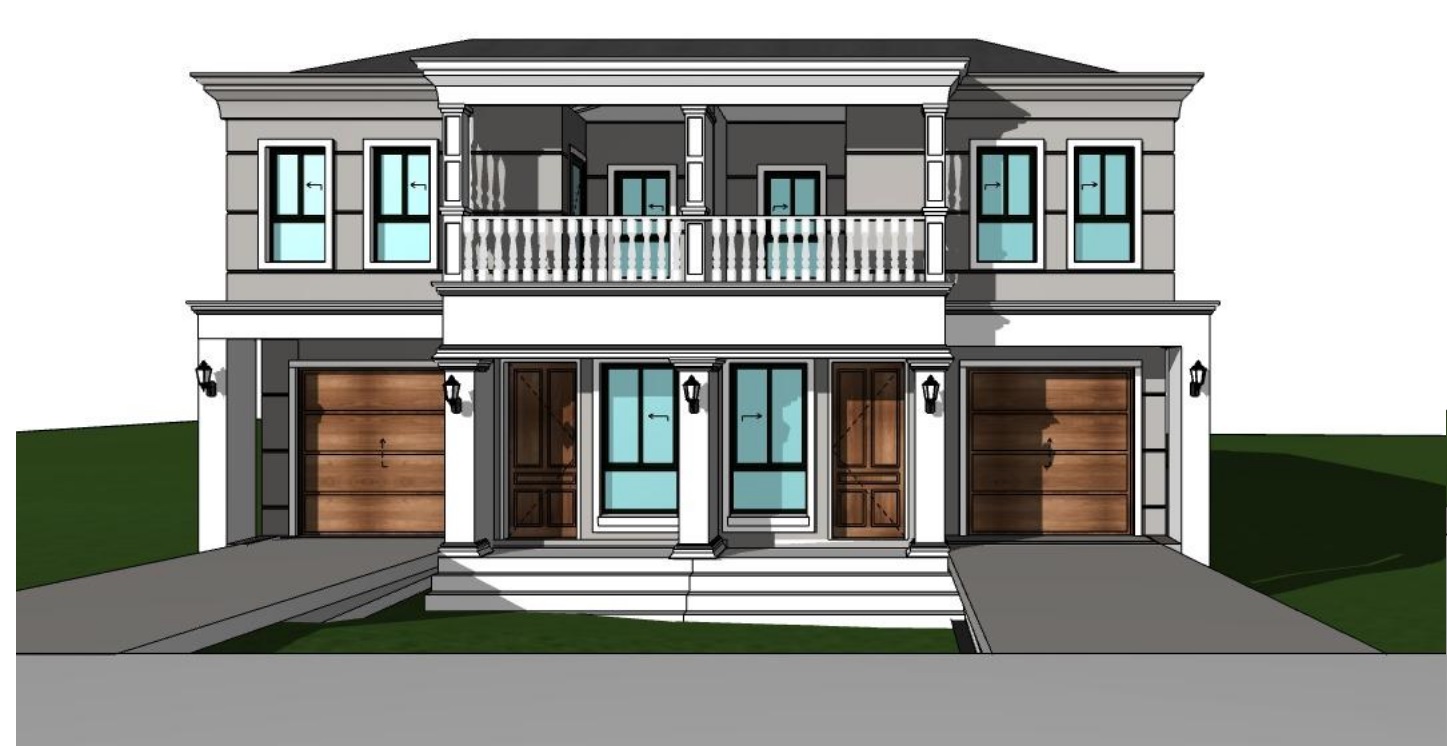The distribution of natural light inside buildings is predicted using the sophisticated approach of daylight modelling, which uses cutting-edge computer simulations. With the aid of this ground-breaking method, architects, designers, and engineers may optimize the layout of structures and achieve the ideal mix of natural and artificial illumination. Daylight Modelling is essential for improving occupant comfort, energy efficiency, and overall building performance by utilizing scientific precision.
Understanding Daylight Modelling
In order to mimic how sunshine moves throughout a building’s interior over a day or year, Daylight Modelling uses computational techniques. It considers several variables that affect the amount of daylight that enters a building, including building orientation, window size and placement, nearby structures, and geographic location.
The Value of Natural Light in Architecture
The atmosphere and usability of indoor areas are significantly influenced by natural light. In addition to the apparent aesthetic benefits, adding lots of daylight to buildings has the following benefits:
Enhanced Well-Being: Natural light is recognized to favourably impact people’s productivity, mood, and well-being. Daylighting indoor areas encourages a sense of connection with nature, which lowers stress and improves general comfort.
Energy Efficiency: Buildings can save considerable energy and money by utilizing daylight more efficiently and reducing their reliance on artificial lighting during daylight hours.
Designing sunshine as the main illumination source adheres to sustainable design principles, lowering the building’s carbon footprint and promoting a healthier environment.
Daylight Modelling Applications:
In many stages of building design and renovation, Daylight Modelling is used:
Early Design Process: To test out various building orientations and window arrangements, architects can employ daylight simulations during the early design process. This aids in determining the best plan for optimizing the entry of natural light.
Building Code Compliance: Minimum daylight standards are mandated by several building codes and green building certifications, including LEED (Leadership in Energy and Environmental Design). Daylight Modelling guarantees adherence to these requirements.
Renovation Projects: Designers can utilize daylight simulations to examine possibilities for enhancing daylighting and optimizing window placements while restoring existing buildings.
Daylight Harvesting: Daylight Modelling is crucial for implementing daylight harvesting tactics. Automated lighting controls change artificial lighting levels based on available natural light, ensuring constant illumination levels while consuming the least energy possible.
Process of Daylight Modelling
Several important steps make up the Daylight Modelling process:
The initial stage is gathering pertinent data, such as building shape, orientation, and location. Realistic models also require accurate weather data.
Computational Simulations: Based on the gathered data, daylight simulations are run using specialist software. These simulations can be run for particular hours of the day, seasons, or year. Click here for more info. Basix Assessors.
Visualization and analysis: The simulation findings are made visible using graphical representations and data analysis. This enables designers to evaluate the distribution of daylight and spot potential glare or places with insufficient illumination.
Design Optimization: Equipped with useful information from the simulations, designers can improve their plans by repositioning windows, adding shade mechanisms, or changing the direction of the building to produce the best possible daylighting circumstances.
Conclusion:
The way we think about building design and indoor comfort has changed because of Daylight Modelling. Architects and designers can now construct environments that not only thrill occupants with lots of natural light but also adhere to ecological and energy-efficient practices by utilizing cutting-edge computational techniques. Daylight Modelling will continue to be a crucial tool for producing aesthetically pleasing, well-lit, and environmentally responsible constructed spaces as the significance of sustainable design increases.

